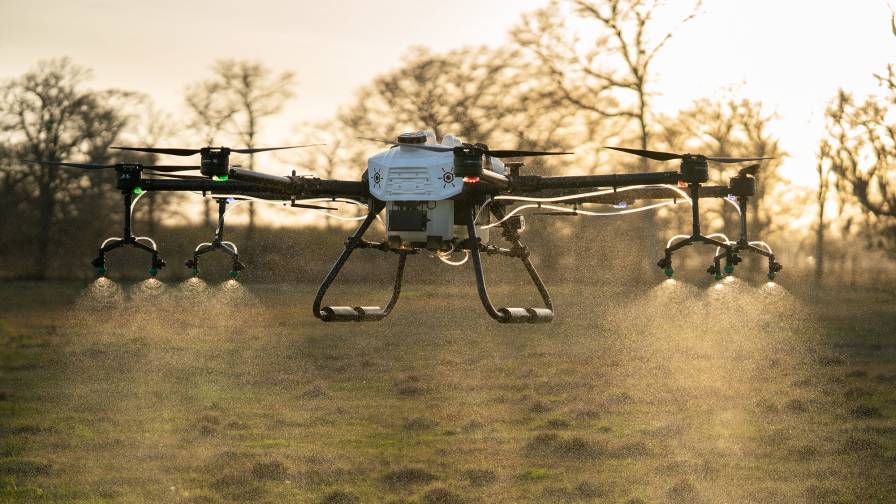The Hybrid Seeds Market Is Poised to Exceed USD 109.8 Billion by 2032
The global agricultural sector is on the cusp of a major transformation, fueled by the increasing adoption of hybrid seeds. With the hybrid seeds market expected to exceed USD 109.8 billion by 2032, this growth reflects significant advances in plant breeding, growing consumer demand for high-quality food products, and the critical need for sustainable farming practices. Hybrid seeds are becoming the cornerstone of modern agriculture, offering better yields, disease resistance, and enhanced nutrition, all while addressing global food security challenges.
What Are Hybrid Seeds?
Hybrid seeds are the product of cross-breeding two different plant varieties to produce a superior crop. These seeds combine the best traits of their parent plants, such as enhanced resistance to diseases, better yield, and adaptability to various environmental conditions. Since hybrid seeds can only be produced through controlled pollination, they offer predictable and uniform results for farmers.
The growing popularity of hybrid seeds is largely driven by their ability to improve agricultural productivity and optimize land use. In a world grappling with climate change, population growth, and shrinking arable land, hybrid seeds offer a viable solution for farmers to meet rising food demands.
Market Growth Drivers
The forecast for the hybrid seeds market to exceed USD 109.8 billion by 2032 is driven by multiple factors:
- Increasing Global Population: The world’s population is expected to reach 9.7 billion by 2050, leading to a higher demand for food. With limited arable land, farmers are turning to hybrid seeds to produce more crops per acre.
- Rising Demand for High-Quality Produce: Consumers are becoming more conscious of the quality of food they consume, opting for nutrient-dense, high-quality produce. Hybrid seeds, which offer better taste, appearance, and nutritional value, are increasingly preferred by farmers and consumers alike.
- Sustainable Agricultural Practices: Hybrid seeds contribute to sustainability by enabling better water and nutrient management. They are often bred to be more drought-resistant or to use fewer chemical inputs, reducing the environmental footprint of agriculture.
- Government Support and Policies: Many governments are actively promoting the use of hybrid seeds through subsidies and agricultural programs. This support encourages farmers, especially in developing countries, to adopt these seeds to improve crop yields and income.
- Technological Advancements: The field of agricultural biotechnology has advanced rapidly, with innovations like genetic mapping and CRISPR gene editing enabling the development of new hybrid varieties. These advances ensure that hybrid seeds continue to evolve, meeting the specific needs of different crops and climates.
Key Segments and Regions
The hybrid seeds market is segmented based on crop type, including cereals and grains, fruits and vegetables, and oilseeds. Among these, cereals and grains hold the largest market share, driven by the global demand for staple crops like corn, rice, and wheat.
Geographically, North America and Asia-Pacific are the dominant regions in the hybrid seeds market. In North America, the U.S. is leading in the adoption of hybrid seeds due to its advanced farming techniques and strong emphasis on high crop yields. Meanwhile, Asia-Pacific, particularly countries like India and China, is witnessing rapid growth due to increasing awareness among farmers and government initiatives promoting the use of hybrid seeds.
Additionally, Latin America and Africa represent emerging markets, with significant untapped potential as governments and private organizations invest in agricultural improvements. These regions are expected to see accelerated growth over the next decade as hybrid seeds become more accessible to small-scale farmers.
Challenges to Market Expansion
Despite the numerous benefits of hybrid seeds, there are challenges to market expansion. The cost of hybrid seeds is higher than traditional seeds, which may deter small farmers in developing countries. Additionally, hybrid seeds need to be purchased anew each season, as their offspring may not inherit the superior qualities of the parent plant. This dependency on seed companies can be a barrier to widespread adoption.
Moreover, while hybrid seeds offer improved disease resistance, they may still be susceptible to newly evolving pathogens. As diseases evolve and climate conditions change, continuous research and innovation are required to ensure the resilience of hybrid crops.
The Future of the Hybrid Seeds Market
As the hybrid seeds market approaches a valuation of USD 109.8 billion by 2032, it will play a crucial role in shaping the future of agriculture. Hybrid seeds are not just a solution for higher crop yields but are central to achieving global food security. Governments, private companies, and research institutions must work together to overcome challenges, making these seeds accessible to farmers of all scales.
The next decade will likely see the hybrid seeds market continue to expand, driven by innovations in agricultural technology and increasing awareness of sustainable farming practices. With the global population growing and arable land becoming more scarce, hybrid seeds offer a practical and scalable solution to feed the world.
Source: https://www.gminsights.com/industry-analysis/hybrid-seeds-market






